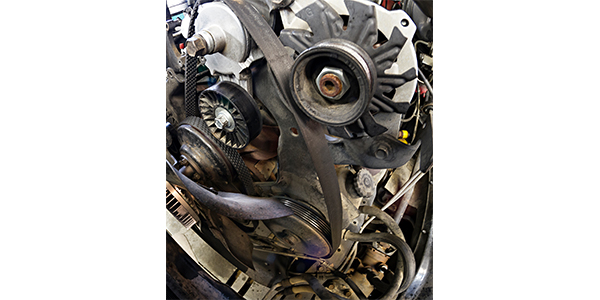Technology Corner: Singing In The Wires
The large majority of techs in service bays right now did not have a ground-up automotive education, and many of those who did certainly did not get a ground-up electrical education. This is no indictment of anyone, just cold, hard facts.

ASE’s Advanced Engine Performance Specialist (L1) Test Turns 25
By the end of this year, 100,000 service professionals will have earned the L1 credential since its inception. Combining complicated generic questions with others requiring use of a Composite Vehicle reference booklet, the L1 test is the highest ASE credential that a driveability and emissions technician can achieve.
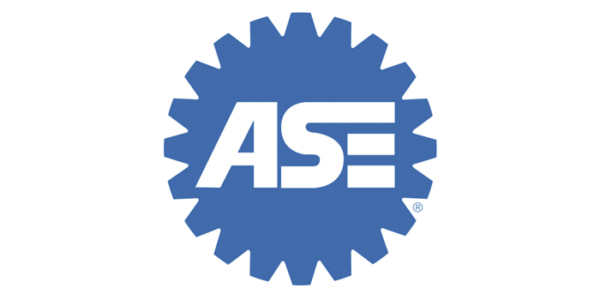
Fuel Pump Codes And Control: Keeping Pressure In The Zone
Since the fuel pump module needs information for various sensors, it usually communicates on a serial data bus. If modules are not communicating, the fuel pump can’t be adequately controlled. The key to investigating these problems is to communicate with different modules to see what data PIDs are present and which ones are missing.
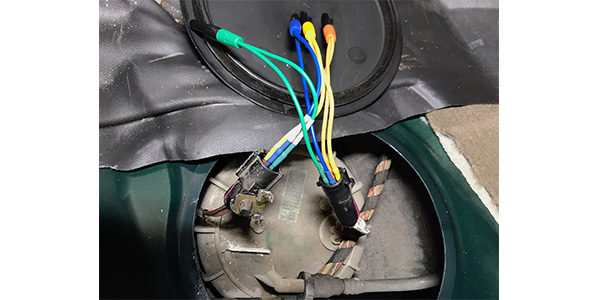
10 Tips For Serpentine Belt System Inspection And Service
The serpentine belt is part of a system and is not the only component susceptible to wear. The tensioner, idler pulley and, on some vehicles, the decoupler pulley all wear over time and need periodic inspection and replacement. If you are replacing just the belt without looking at the other components, you could be sending a new belt to a premature death.
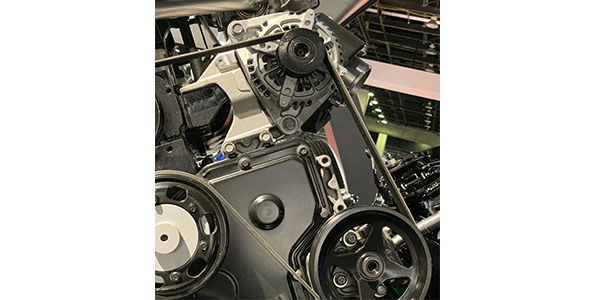
What Is 0W16 Oils And SN-Plus Certification? Can 0W20 Be Used Instead Of 0W16?
You may have noticed that some Toyota and Honda four-cylinder vehicles require SAE viscosity 0W16 oil. The oils really stand out on a shelf because the last number is strange because it does not end in a five or zero. You may have noticed it in the catalog pages or shelves of your oil supplier. 0W16 oil has been around for almost two decades in Japan. It is an oil that is designed to increase engine efficiency and reduce engine warmup time.
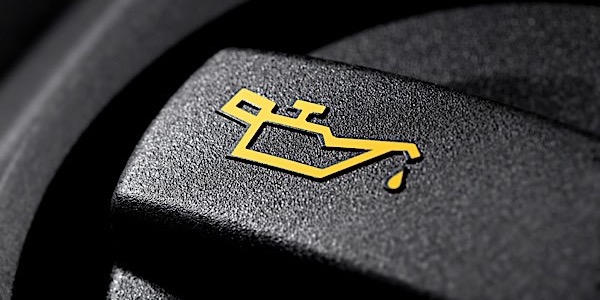
The Carbon Deposit Conundrum
Engine carbon deposits have been around for more than 100 years. They start out as fresh oil and gasoline. The engine uses heat, compression and combustion to turn most of the fuel into power. But, during some combustion events, a droplet of fuel or oil is transformed into a substance that can become a carbon deposit. This typically happens when there are conditions that are outside of the normal operating conditions.
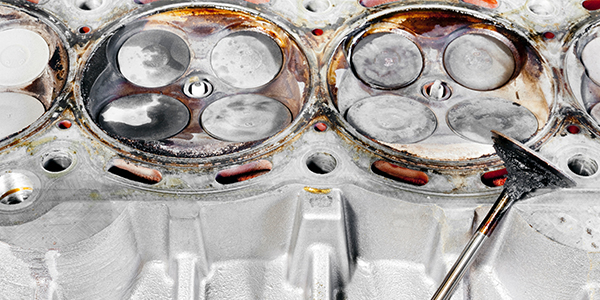
Look, Listen And Feel: Inspecting Modern Drive Belts
If you look at some new owners’ manual maintenance schedules, you might notice that many automakers are no longer including a replacement interval for the drive belts. You may think that it is a clerical error, but OEMs want technicians to regularly inspect belts because they expire at varying rates, depending on how they wear on the vehicle.
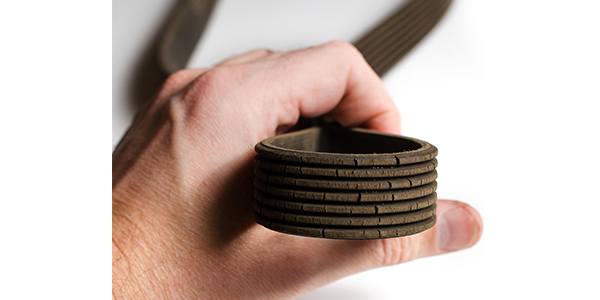
Direct Fuel Injection Diagnostics
Direct injection is becoming standard on more and more late-model vehicles. These systems can be a diagnostic challenge but, with the right foundation, problems can be solved profitably.
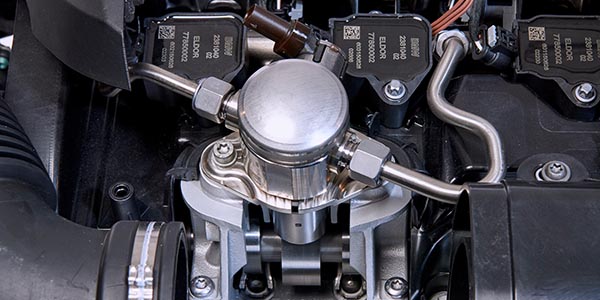
Mazda Tech Tip: Sulfur Or Rotten Egg Smell/Odor From The Exhaust
On some Mazda vehicles, a sulfur smell or rotten egg odor may be noticed coming from the exhaust system. The odor is usually noticed after a cold start, fast idle, extended periods of idling and full-throttle acceleration. The sulfur smell is not an indication of an engine concern and will not cause reduced driveability or durability of the engine or any of its emission components.
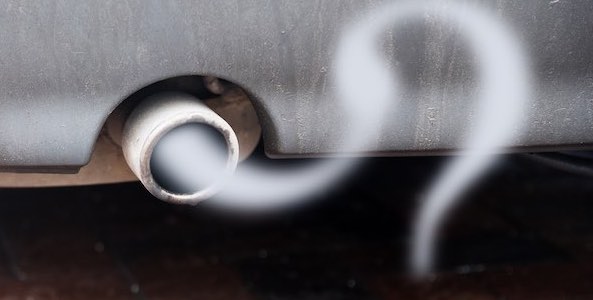
Inspect The Belt Before The Replacement Interval
If you have looked at some maintenance schedules on late-model cars and trucks, you may notice that there have been some changes to the interval schedule for drive belts. Some manufacturers like GM are shifting to an inspection of the drive belt, instead of specifying a set replacement interval. While some manufacturers like Chrysler are recommending a 120,000-mile replacement interval in the owner’s manual.
